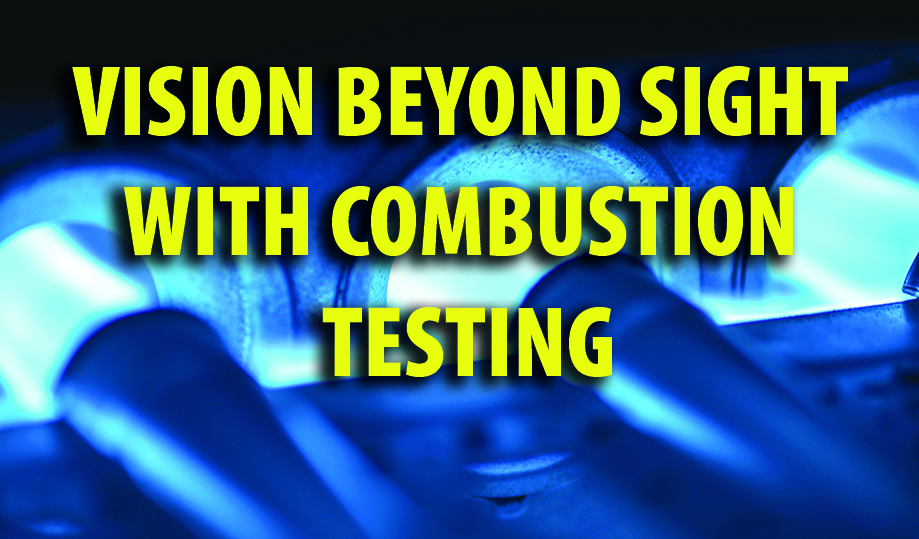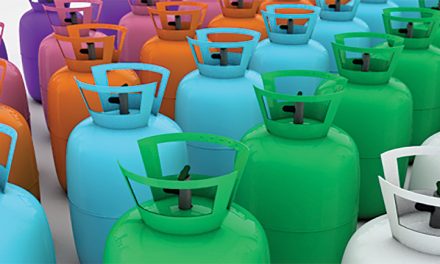Lack of Information
Furthermore, many manufacturers also feel the pain because of field system design, function, and installation issues that lead to equipment recalls, service bulletins, and parts replacement recalls. In some cases, these solutions call for no more than speeding up the inducer motor. This increases flue temperature which lowers the output Btus. The idea is to reduce the fire box temperatures to keep the unit from overheating or worse: melting the coil or catching fire.
Sadly, there is little information available on gas adjustments and combustion. Such information could help technicians make needed adjustments for safe operation.
Some newer Low-NOx equipment have a gas valve with a warranty sticker on the adjustment screw cap. The sticker states, “Warranty is void if removed. DO NOT ADJUST.”
All they want you to look at is incoming gas pressure.
To combat and conquer combustion issues means we must change the culture, information, and training available to contractors. Changing culture means changing the MINDSET, TOOLSET, and SKILLSET of our industry’s service providers.

Mindset
To change the industry mindset, we must begin by addressing the top myths about combustion. Here are several to think about:
- A manifold pressure of 3.5-in. w.c. gas pressure is how to assess and tune a natural gas furnace. A manifold pressure of 10-in. w.c. gas pressure is how to assess and tune a propane furnace
- The color of the flame is how you tune a burner
- Passive combustion air is automatic, and the small vents will bring in the proper amount of combustion air
- The function of a flue is to vent combustion gases and create draft
- Attention to vent piping is not as critical with newer equipment
- Rust in gas appliances is from condensation or chemicals from within the space or home
- White powder in the burner area is a calcium build-up or from chemicals within the space
- Heat exchangers crack due to long use or poor manufacturing materials
- GAMA tables tell us everything we need to know about venting
- GAMA tables are accepted by American Gas Association Labs as an appropriate engineering methodology to determine venting requirements.
The truths about combustion include the following:
- 3.5- and 10-in. w.c. represent pressure potential and is the amount of force, not flow
- The color of the flame tells us very little about the efficiency of combustion
- Passive means takes no action. Instead, they let things happen to them. Passive combustion air allows Mother Nature and other influences to do what they want with combustion air
- The flue is a pathway. It is nothing more than a duct to provide a path for flue gases to flow
- Attention to the vent piping is even more critical on higher efficiency furnaces. It greatly impacts performance and the life of the equipment
- You establish draft by indoor and outdoor pressure and temperature differences. Imbalances can interrupt and effect draft.
Click Below for the Next Page













Recent Comments